
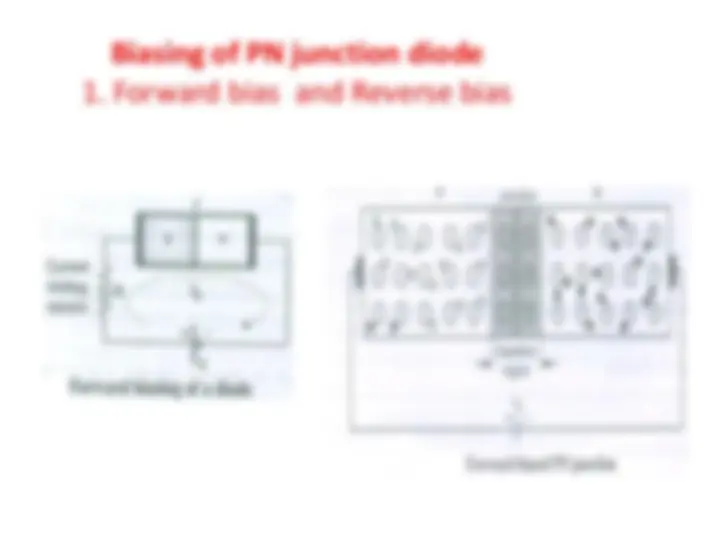
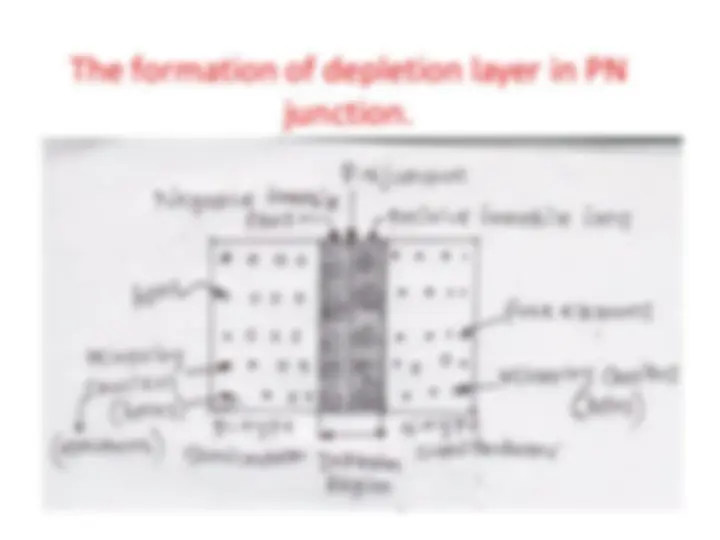
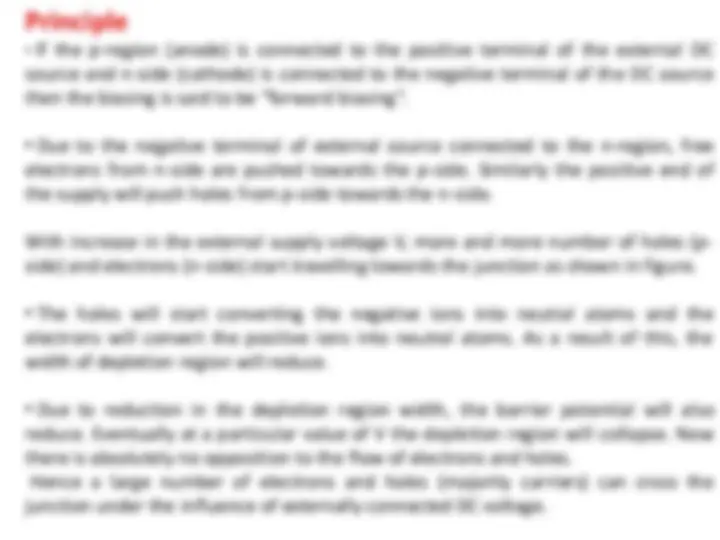
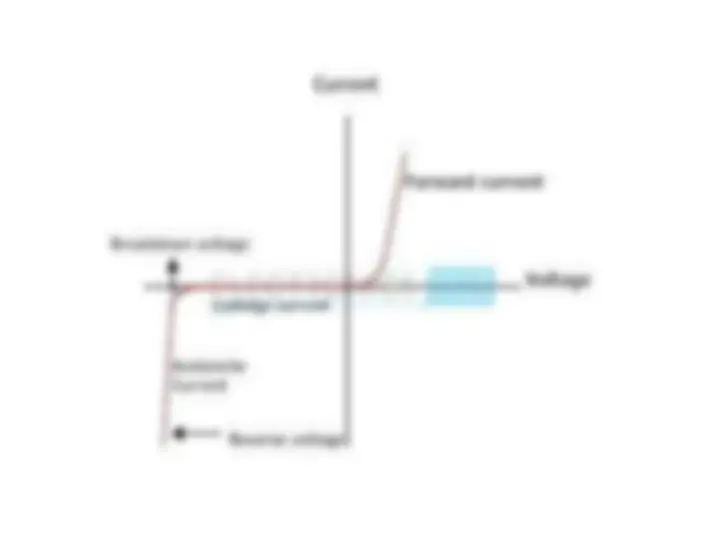
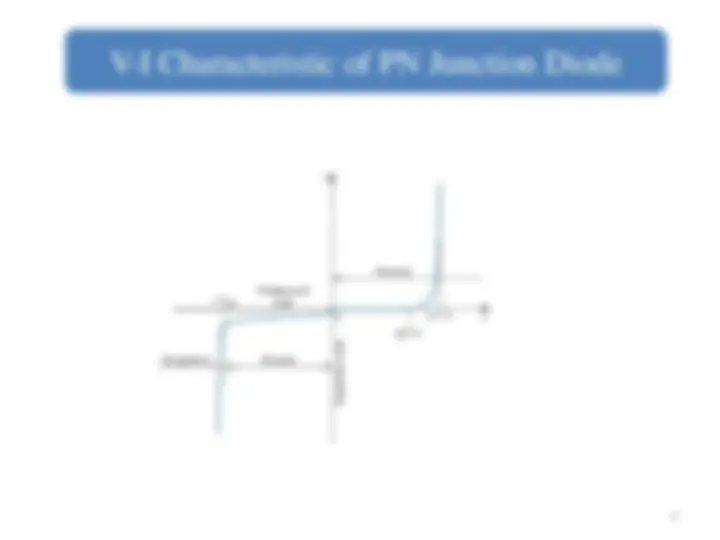
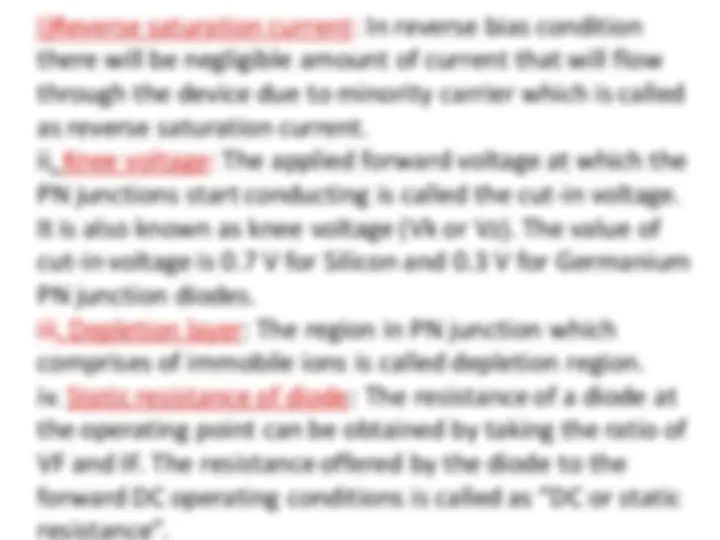
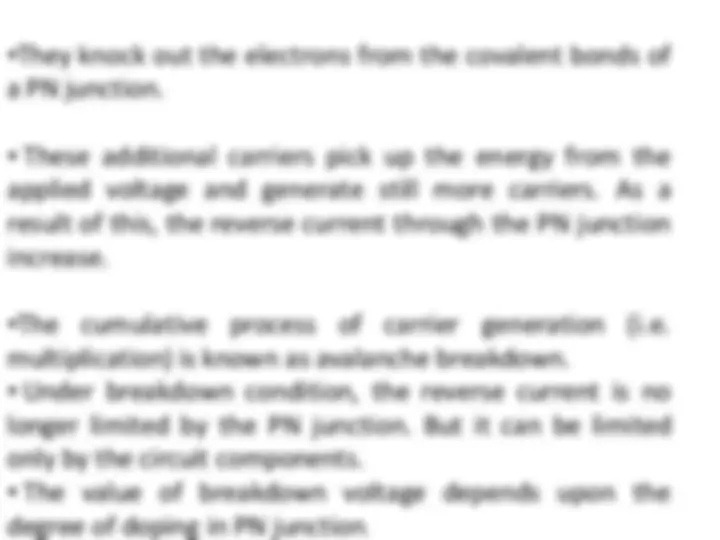
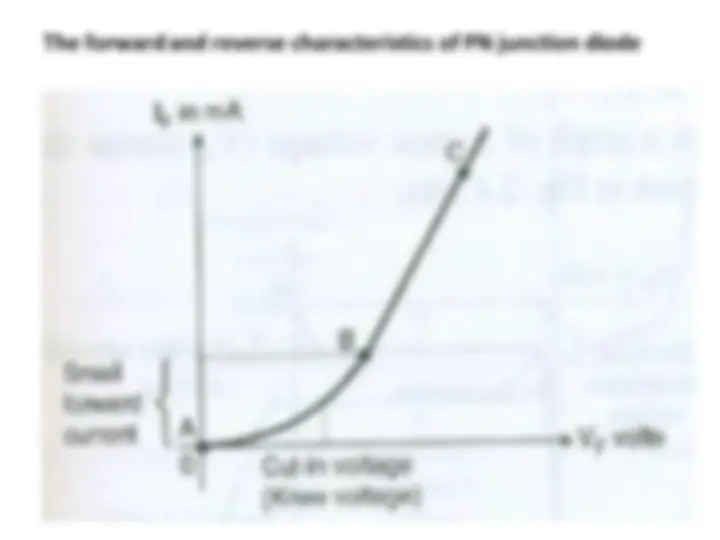
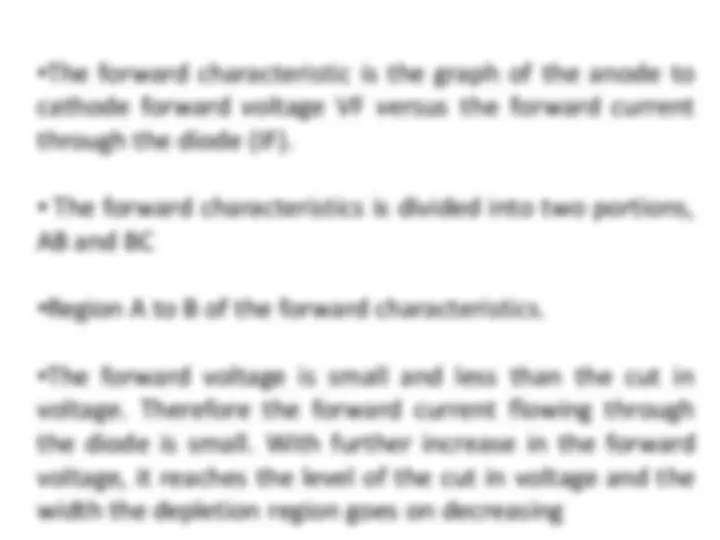
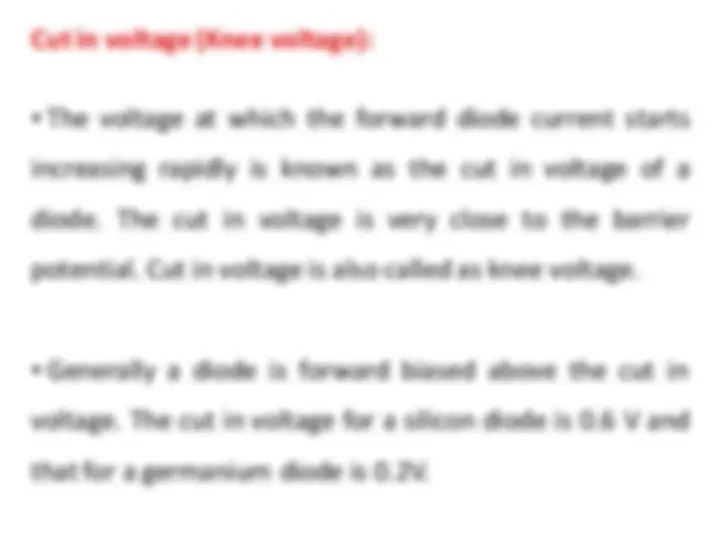
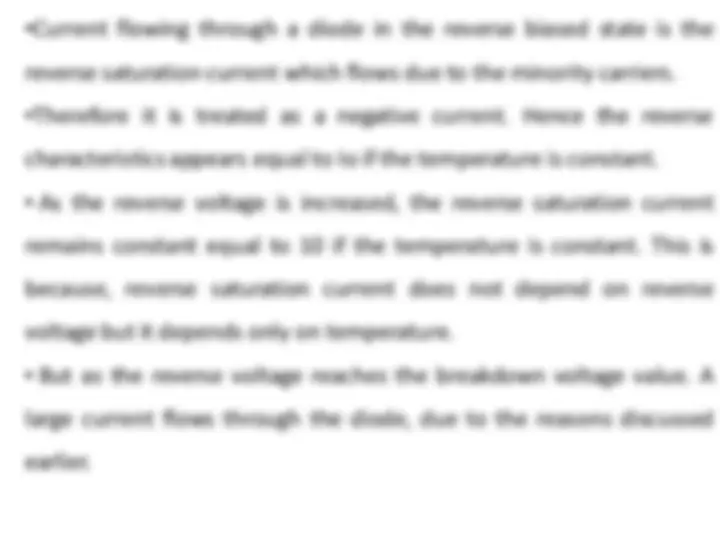
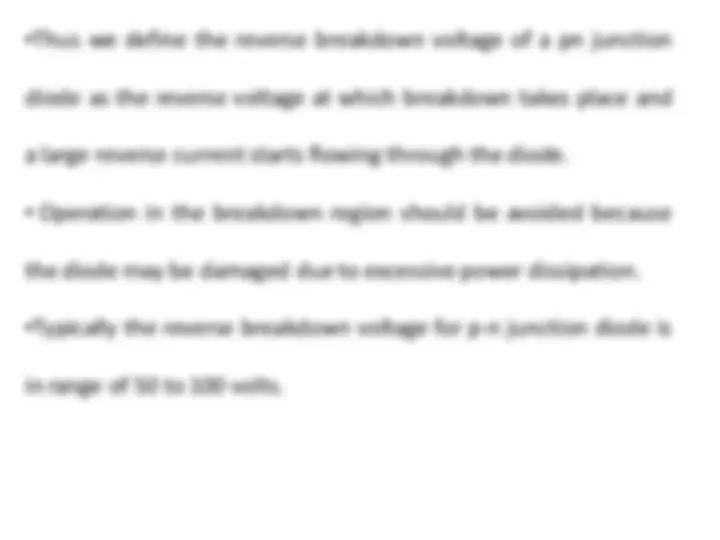
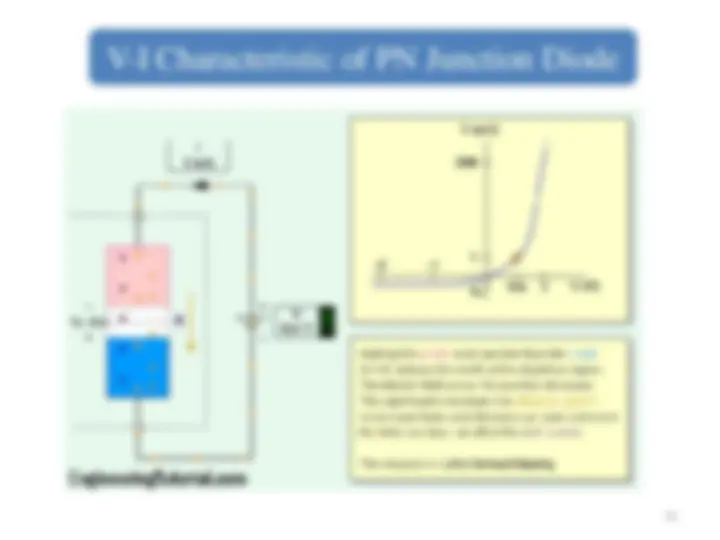
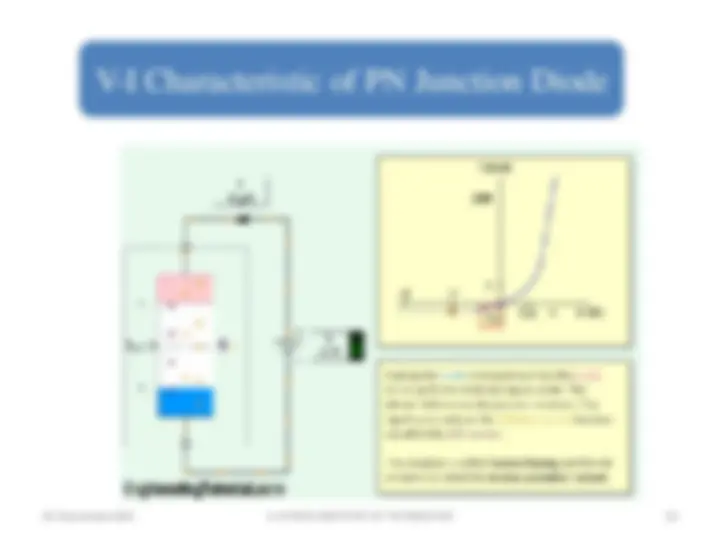
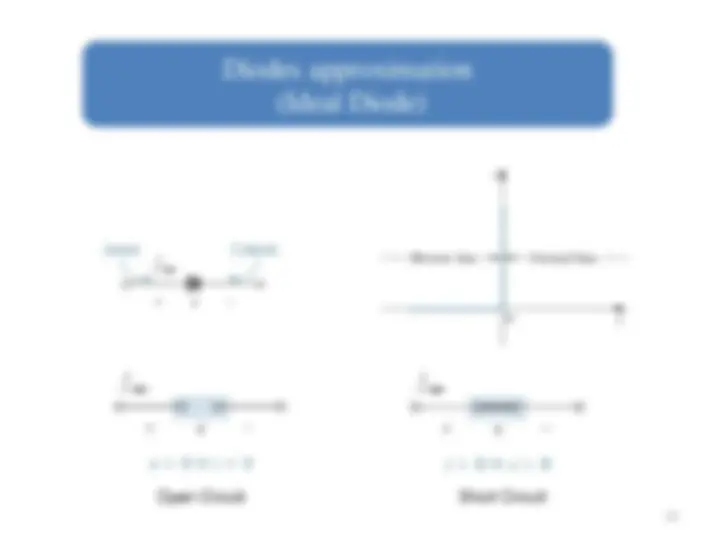
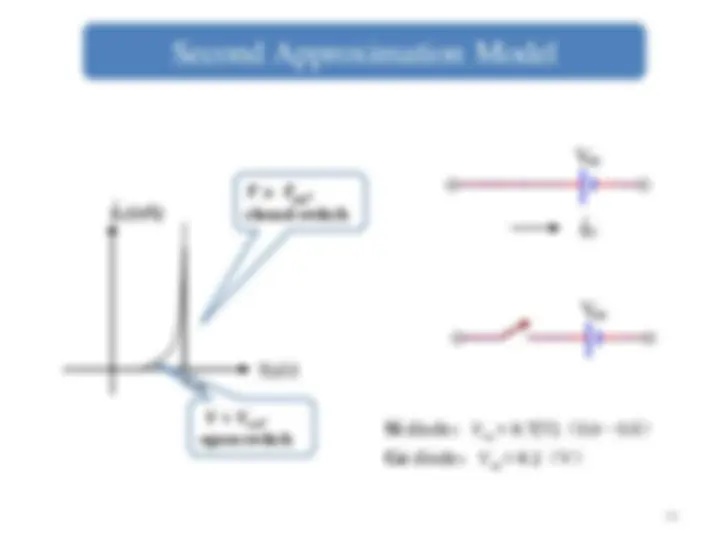



Study with the several resources on Docsity

Earn points by helping other students or get them with a premium plan


Prepare for your exams
Study with the several resources on Docsity

Earn points to download
Earn points by helping other students or get them with a premium plan
Community
Ask the community for help and clear up your study doubts
Discover the best universities in your country according to Docsity users
Free resources
Download our free guides on studying techniques, anxiety management strategies, and thesis advice from Docsity tutors
basic electonics and electical
Typology: Summaries
1 / 25

This page cannot be seen from the preview
Don't miss anything!


















Presented By:
Dr. Pravin R. Prajapati Associate Professor Electronics & Communication Department A. D. Patel Institute of Technology New V V Nagar
The formation of depletion layer in PN
junction.
Principle
With increase in the external supply voltage V, more and more number of holes (p- side) and electrons (n-side) start travelling towards the junction as shown in figure.
PN Junction Diode
7
i)Reverse saturation current: In reverse bias condition there will be negligible amount of current that will flow through the device due to minority carrier which is called as reverse saturation current. ii. Knee voltage: The applied forward voltage at which the PN junctions start conducting is called the cut-in voltage. It is also known as knee voltage (Vk or Vz). The value of cut-in voltage is 0.7 V for Silicon and 0.3 V for Germanium PN junction diodes. iii. Depletion layer: The region in PN junction which comprises of immobile ions is called depletion region. iv. Static resistance of diode: The resistance of a diode at the operating point can be obtained by taking the ratio of VF and IF. The resistance offered by the diode to the forward DC operating conditions is called as “DC or static resistance”.
Avalanche break down in P- N junction
diode.
The forward and reverse characteristics of PN junction diode
Region B to C:
Reverse characteristics of a Diode.
reverse saturation current which flows due to the minority carriers.
characteristics appears equal to Io if the temperature is constant.
remains constant equal to 10 if the temperature is constant. This is
because, reverse saturation current does not depend on reverse
voltage but it depends only on temperature.
large current flows through the diode, due to the reasons discussed
earlier.
diode as the reverse voltage at which breakdown takes place and
a large reverse current starts flowing through the diode.
the diode may be damaged due to excessive power dissipation.
in range of 50 to 100 volts.